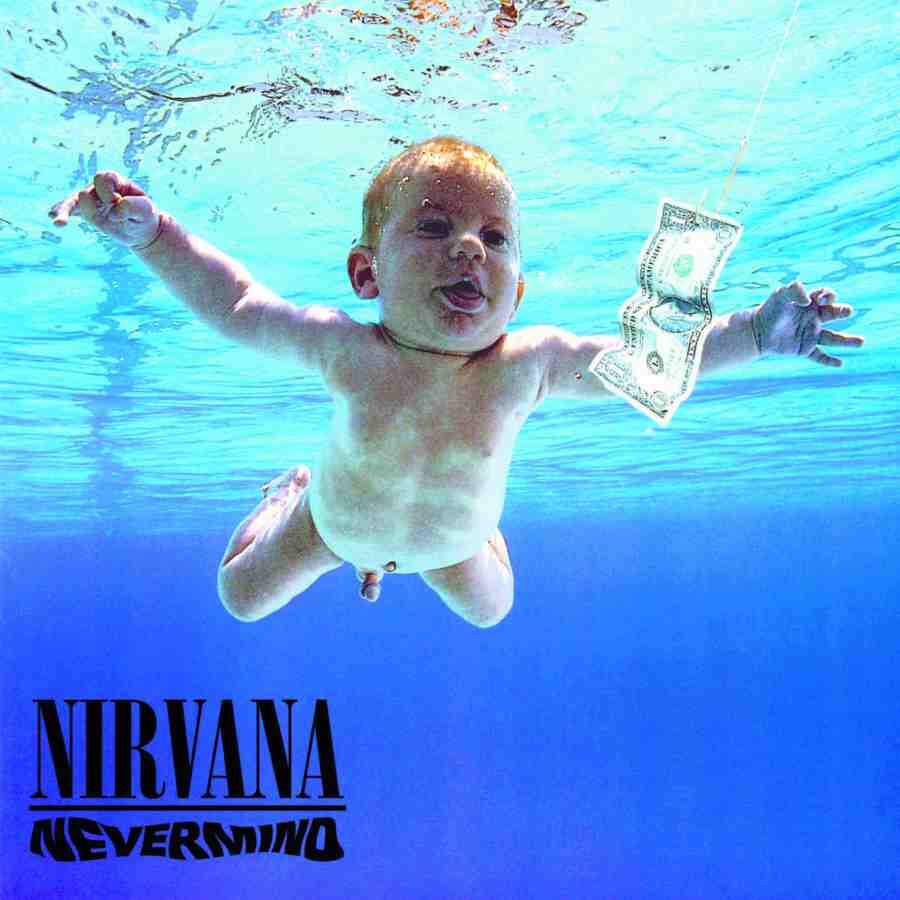In 1938 Columbia Records hired Alex Steinweiss as its first art director. Steinweiss is widely credited with spearheading a new era of album cover art. Of the LP covers of that time, he said, ‘They were so drab, so unattractive. I convinced the [Columbia] executives to let me design a few.’ In the mid-1950s he began working with photography and deployed garish colours, odd lighting set-ups and visual puns.
Despite this, even in that mid-1950s period, album covers were often bland and boring. Standard practice was for a record company’s in-house ‘creatives’ to use a single PR photo (usually black & white) of the artist framed within a cover, with a panel naming the artist and album.
The early 1960s heralded an explosion of young musicians who wrote their own music and wanted to project a cool image. The Beatles were at the forefront of this and photographer Robert Freeman’s iconic image on the 1963 album With The Beatles set a new style. This was followed by the 1964 releases of Bob Dylan’s The Times They Are A-
Changin’ (photo by Barry Feinstein) and the Rolling Stones’ debut album, which only had Nicholas Wright’s moody photograph of the band and the Decca logo on the cover.
A rapid evolution of album cover possibilities gave photographers, art directors and graphic artists the freedom to explore creative photography, stunning graphics, illustrations, band logos, and gatefold sleeves. A new generation of creatives was producing increasingly inventive album sleeve designs and great album photography.
Since the 1960s thousands of iconic album covers have been produced, but which ones are The All-Time Greatest Album Covers? To find out AP spoke to 20 experts – photographers, art directors, designers, music journalists and musicians – to get their insights into the very best album cover art. They were asked to vote independently for their Top 10 favourite album covers of all time. The criteria were to choose LP covers based on creative photography, use of photography, overall visual impact and how the power of the imagery may have helped to contribute to an album’s success. The most popular picks made our shortlist.
Some of the experts on our eminent panel
We’ve put together a panel of 20 pundits to help us choose the finest album cover art. Big names include:

Peter Hook
‘Hooky’ needs no introduction to music fans – he was the bass guitarist and co-founder of Joy Division and New Order. He now fronts the band Peter Hook and The Light and has written three books about his storied music career.

Gered Mankowitz
Gered is an English photographer who has shot hundreds of record covers. He has worked with music legends including the Rolling Stones, Jimi Hendrix and Elton John.
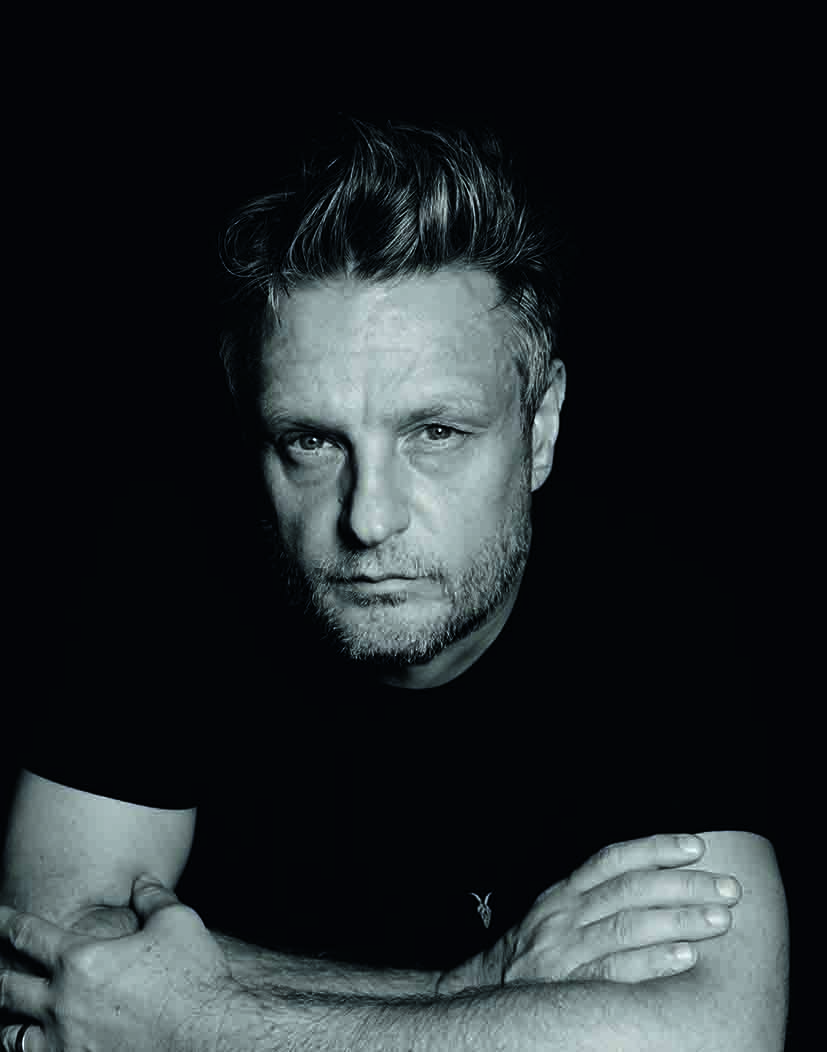
Rankin
Rankin is a British portrait and fashion photographer and film director who co-founded Dazed and Confused and Hunger magazines. There are over 40 books of his photographic work.

Jamel Shabazz
Jamel is a US portrait, fashion, fine art and documentary photographer. He’s known for documenting African-American communities, including the rise of hip-hop culture.
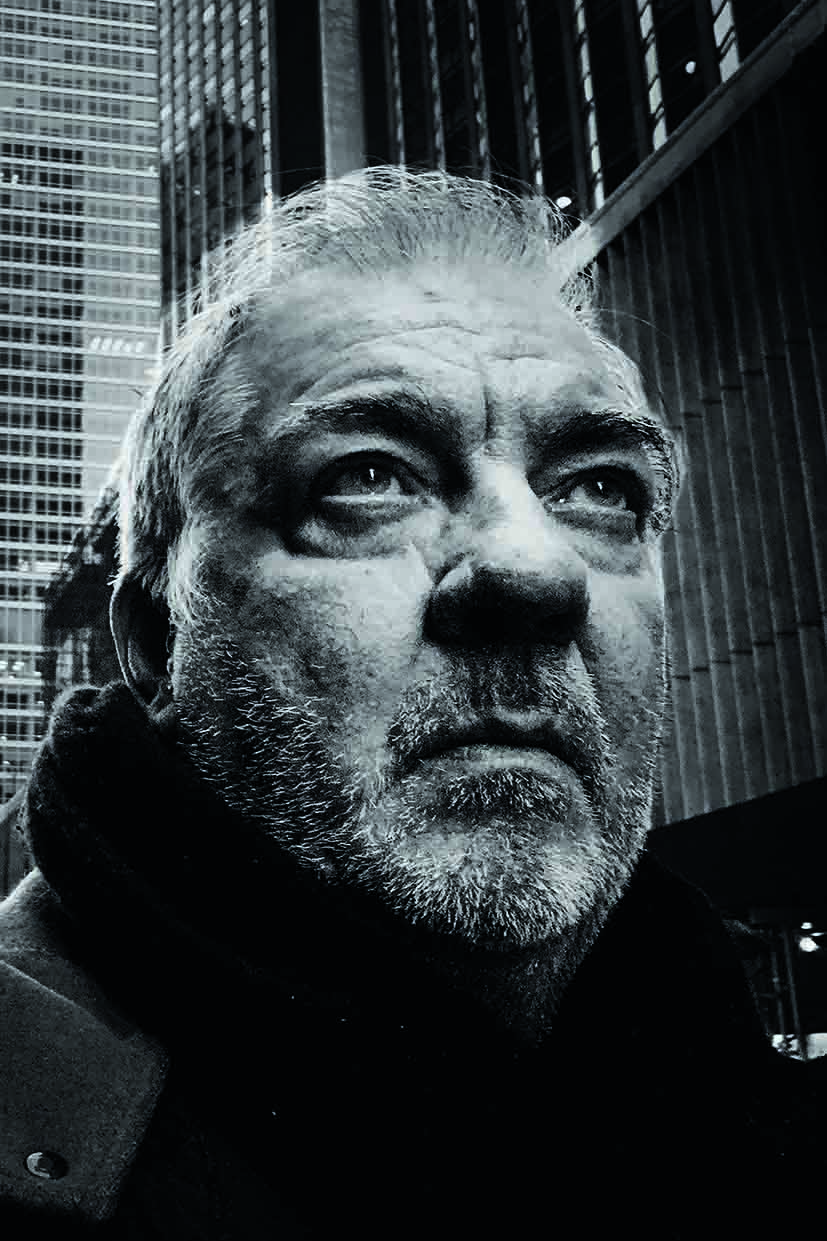
Kevin Cummins
Kevin is a music and portrait photographer. He was the chief photographer of NME for 10 years and has shot record covers for the likes of Joy Division and The Fall.

Jill Furmanovsky
Jill has photographed many musicians including Led Zeppelin, Bob Marley, The Police and the Sex Pistols. In 1998 she set up the music imaging website rockarchive.com.
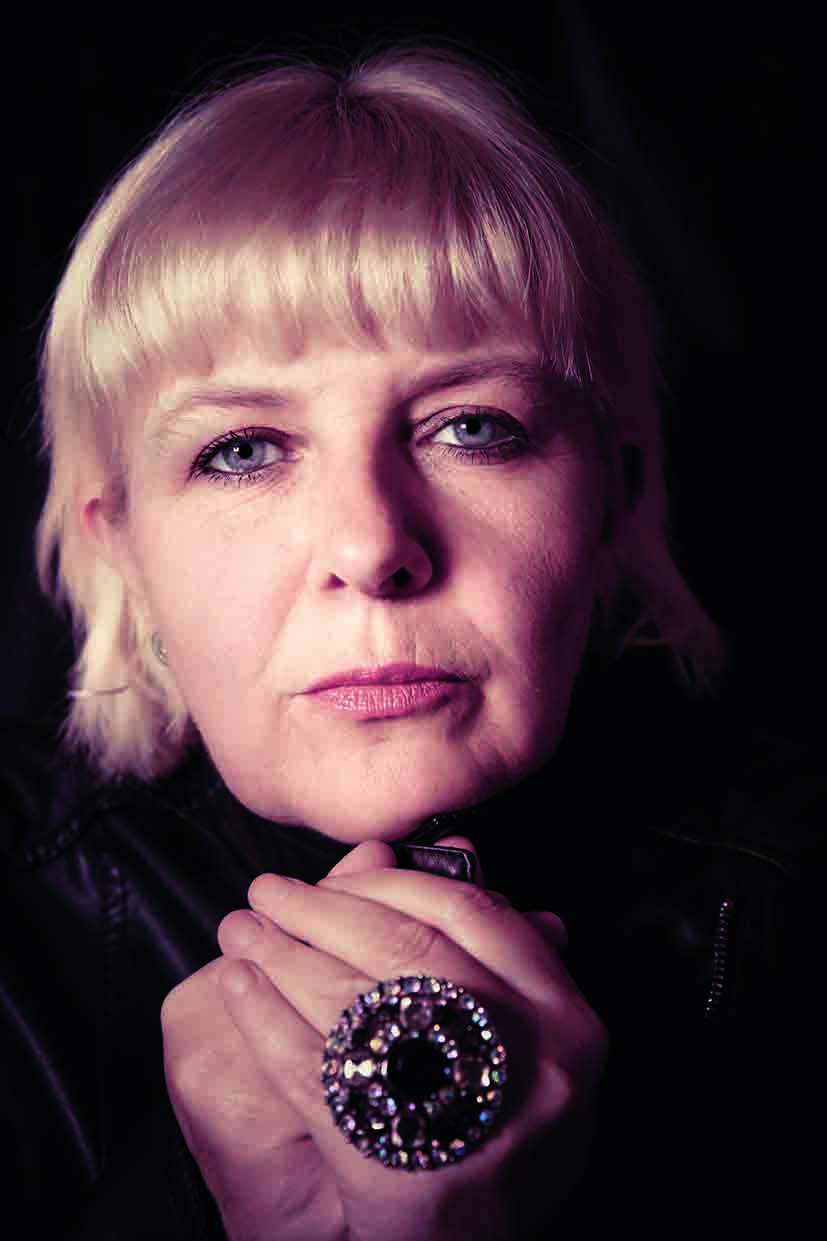
Christie Goodwin
Christie has been shooting live music since 2005 and also shoots portraits for commercial use and album covers. She has worked with Paul McCartney, Ed Sheeran and Queen.
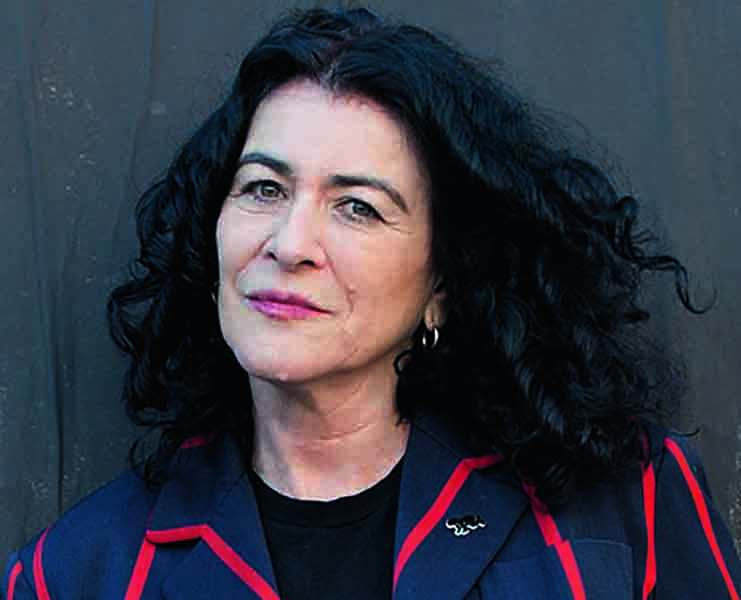
Janette Beckman
Janette is a photographer who has documented hip-hop culture, shot three album covers for The Police and has worked with The Clash, Boy George, Run DMC and more.
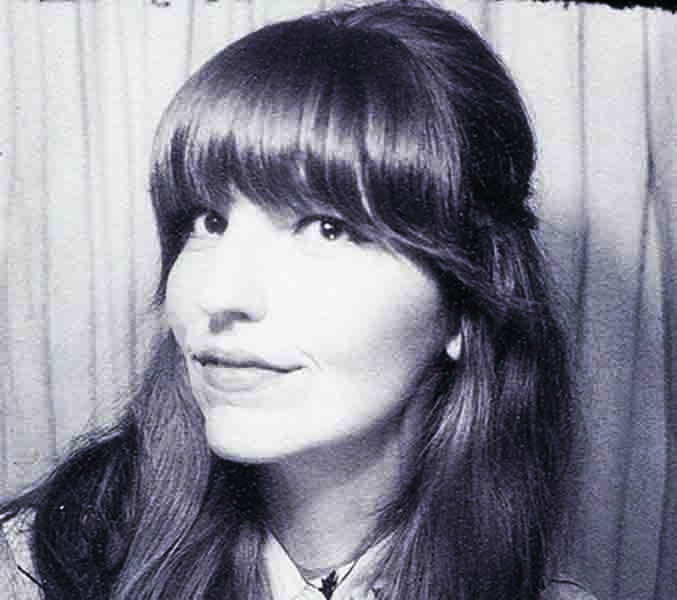
Rachael Wright
Rachael Wright is a portrait, music and fashion photographer and film director. She has worked with musicians such as Ryan Adams, 50 Cent, Blondie, Green Day and Coldplay.
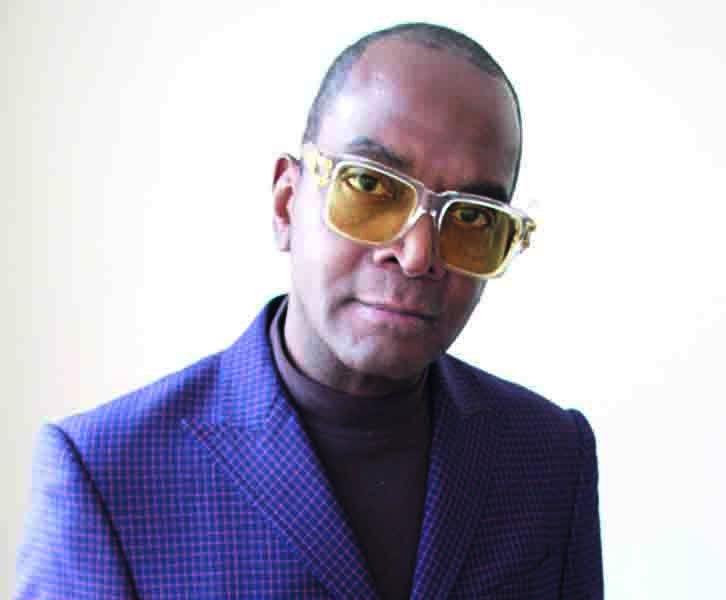
Dennis Morris
Dennis Morris is a musician and art director who took early images of Bob Marley. Formerly art director at Island Records, he designed LP covers for PiL, Bob Marley, and Marianne Faithfull.

Kirk Weddle
Kirk Weddle is a US portrait, advertising, editorial and corporate photographer. His specialism in shooting underwater led to him shooting the cover of Nirvana’s LP Nevermind

Howard Wakefield
Howard Wakefield is a creative director who co-owns the design studio Colour & Form. He has designed LP artwork for New Order, Pulp and Joy Division and worked closely with Factory Records.
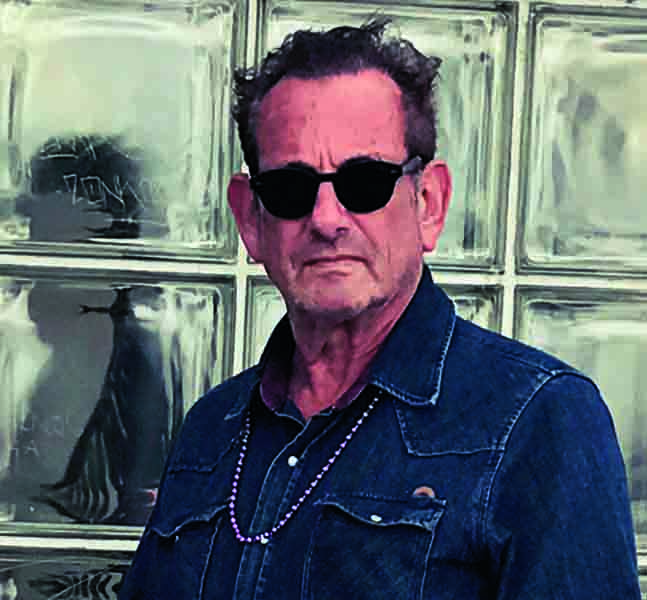
Ed Caraeff
Ed Caraeff is a US photographer who has documented the music industry for 15 years, shooting live concerts and art directing over 300 album covers for the world’s biggest music stars.

Peter Neill
Peter Neill is an Irish music photographer who got his big break with a shoot of U2 in 2009. He specialises in concert photography and has shot the likes of Queen, The Script and Alice Cooper.
Great album photography: Nevermind
by Kirk Weddle
The unforgettable image of a baby underwater, reaching out to grab a dollar bill is etched into the consciousness of tens of millions of people. It graced the cover of Nirvana’s multi-million selling 1991 LP Nevermind, but wouldn’t have come about if Kirk Weddle had already shot a similar image.

Weddle explains, ‘At the time I was marketing myself as an underwater photographer doing commercial work. I’d placed an ad in the Workbook, a showcase for commercial photographers, and that brought me to the attention of Robert Fisher, an art director at Geffen Records. He asked if I had a stock shot of a naked baby underwater, but I didn’t. Apparently, he couldn’t find one either, because he got back to me and asked me to shoot it’.
Surprisingly, Weddle was pretty much given free rein to shoot. He recalls, ‘The brief was minimal: “naked baby underwater and later a dollar bill on a fishhook would be stripped in”. [There was] no sketch or layout. No one from the label came to the shoot; it was a pretty low-budget deal. Nirvana hadn’t really made it at the time.’

Test shots for the lighting and focus with a doll
Inside the shoot
The shoot was in a 50-metre pool at the Rose Bowl Aquatic Center in Pasadena, California. Weddle reveals, ‘I used a Nikon F3 film camera with a 24mm fixed lens. The camera was encased in an Aquatica underwater housing – the [whole] thing was mounted on a Gitzo tripod in about three or four feet of water. It was shot backlit with natural light; I got a bit of bounce on the bottom of the pool. It was a very nice pool with clean water and good background depth, which is really important with underwater imagery.’

Kirk Weddle’s underwater rig for the Nevermind shoot – a Nikon F3 film SLR wth 24mm f/2.8 NIkkor lens in an Aquatica housing
Weddle had doubts about the shoot. ‘I wasn’t sure if I could pull it off. The most important thing was the safety of the baby. He [Spencer Elden] was four-months-old and had never been in a pool before. I did a pre-light and pre-focus on a doll. This was before digital, so it’s a risk to not know exactly what you have. The camera was set, I’d pre-focused, the baby was lowered in the water and he drifted from dad to mom. We did two passes and he started to cry, so we quit. It took about five minutes; we shot about 20 frames.’
Weddle admits, ‘The scary part was processing the film. I did a snip test and then ran the rest of the roll. I only got two perfect frames. I ended up going to a swim school and shooting some more babies… I didn’t want to turn in a job with just two frames. In the end, one was all I needed. I had nothing to do with post-production. I never saw the image again till it was in record stores.’

The baby model, Spencer Elden, with his parents
Strong concept, simple execution
I ask Kirk Weddle if he had any sense of the impact the image would have? He replies, ‘No. I had a friend, Maynard, who went on to be in the band Tool, who told me Nirvana was “the shit”, but I had no idea they’d be so big. I knew it was a great concept: naked baby underwater can’t breathe, can’t see, going for the money on a hook. The best commercial images are “Strong Concept, Simple Execution” and that’s very true. It’s a simple image but it hit a lot of people right in the gut. For a while, my image was in everyone’s living room, everyone’s car and their offices.’
Fact file: Nirvana’s Nevermind
Band members: Kurt Cobain, Dave Grohl and Chris (later known as Krist) Novoselic
Released: 24 September 1991 (DGC Records)
Best chart performance: No. 1 US Billboard charts. Nevermind was also No. 1 in Finland, France, Greece, Ireland and Sweden.
Sales: 30million+ worldwide
Fascinating fact: In 2004 the Library of Congress added Nevermind to the National Recording Registry, which collects ‘culturally, historically or aesthetically important’ sound recordings.
Our Panel on Nevermind
Ed Caraeff
Nirvana’s Nevermind is an eye-popping, controversial, iconic image that’s perfectly suited for this grunge band’s original, groundbreaking, creative, innovative, imaginative record release. It’s never too early to start your pursuit of the all-mighty dollar!
Peter Neill
This was an obvious choice because the photo is anything but obvious. You don’t suggest taking a photo of a baby swimming underwater without guts, imagination and the professionalism to get the shot. The end result is flawless and stops anyone in their tracks.
Howard Wakefield
It has the fundamental elements of Hockney’s swimming pool paintings but captures innocence and serenity, oblivious to the lure of money and consumerism this child will encounter. The initial shock of a submerged infant means this iconic shot is far from the usual cute baby pic.
Related links:
Ed Caraeff Interview – shooting Jimi Hendrix and more
More on Jill Furmanovsky
Gered Mankovitz’s early shots of the Rolling Stones

